How to Read Food Labels for a Gluten-Free Diet
Reading food labels is an important part of following a gluten-free diet. I understand that it’s always a challenge to read labels and identify whether a product or food is gluten-free. When starting a gluten-free diet, there are certain food items you should be aware of.
Therefore, I believe the reading label is an important part of staying safe from hidden sources of gluten, so always read the label carefully before eating something new. let’s answer How to Read Food Labels for a Gluten-Free Diet?
By reading food labels carefully to ensure that the products do not contain any gluten-containing ingredients or cross-contamination risks from other products containing gluten, individuals on a gluten-free diet can stay healthy and safe.
Read my guide on a Gluten-free diet and how to eat healthy while maintaining a gluten-free lifestyle.
It is also important to read food labels for people with celiac disease, as they must strictly avoid all forms of gluten in order to protect their health. Celiac disease is an autoimmune disorder that causes damage to the small intestine when gluten is consumed. By reading food labels, individuals with celiac disease can be sure to avoid any unsafe foods and keep their health in check.
3 Tips for Gluten-Free Label Reading
After using gluten-free products and reading their labels carefully for myself, I have established why it’s important to read food labels for a gluten-free diet. let’s discuss some tips for label reading:

1. Look for gluten-free labeling on packaged foods.
Many companies are now clearly labeling products as “gluten-free” or “certified gluten-free” if they do not contain any traces of wheat, barley, or rye. This makes it easy to identify safe products at a glance.
2. Be aware of the common sources of gluten.
It’s important to be aware that many processed foods may contain traces of wheat, rye, or barley in some form. Some examples include malt and hydrolyzed vegetable protein which are derived from wheat, as well as soy sauce, which is typically made with wheat-based ingredients.
3. Ask questions at restaurants and inquire about cross-contamination risks.
If you’re eating out, it’s best to ask questions about the ingredients used in food preparation and inquire about any potential cross-contamination risks from other products containing gluten. Many restaurants have specific menus for those on a gluten-free diet or will provide helpful information upon request.
By employing these tips for reading food labels, individuals on a gluten-free diet can ensure that the foods they are consuming are safe and free from any traces of gluten. With careful label reading, those with celiac disease or gluten intolerance can follow their diets without worry.
Remember: always read food labels carefully to ensure you’re staying safe and healthy!
Gluten-free labels on food.
When shopping for food, it is important to read the labels carefully to make sure that you are purchasing safe and gluten-free options. Food labels typically contain a list of all the ingredients in the product, as well as an allergy statement that highlights potential allergens like wheat or barley.
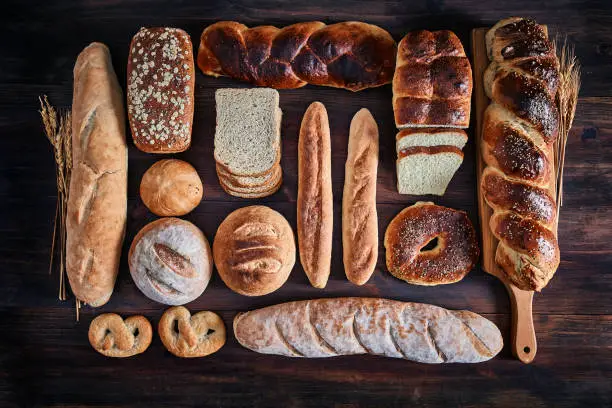
In addition, many companies now clearly label products as “gluten-free” or “certified gluten-free” if they have been produced without any traces of wheat, barley, or rye.
It is also helpful to be aware of hidden sources of gluten on food labels. Common ingredients derived from wheat include malt and hydrolyzed vegetable protein (HVP), while soy sauce typically contains some form of the wheat-based ingredient. When eating out, it is best to ask questions about the ingredients used in food preparation and inquire about any potential cross-contamination risks from other products containing gluten.
By reading food labels carefully and understanding common sources of gluten, individuals on a gluten-free diet can stay safe and healthy while enjoying their favorite foods!
If you are a big fan of yakisoba noodles and want to know if is yakisoba gluten free noodles. Read my article.
Explain the difference between “gluten-free” and “certified gluten-free” labels
The terms “gluten-free” and “certified gluten-free” are often found on food labels, but it is important to understand the difference between the two. Products labeled as “gluten-free” must meet specific standards set by the U.S. Food and Drug Administration (FDA) in order to make such a claim. This means that these products must contain less than 20 parts per million of gluten, which is considered safe for individuals with celiac disease or gluten intolerance.
On the other hand, products labeled as “certified gluten-free” have gone through an additional verification process. This process typically involves more rigorous testing and third-party certification of the product, which ensures that it contains less than 10 parts per million of gluten. Therefore, products labeled as “certified gluten-free” are even safer for those with celiac disease or gluten intolerance.
By reading food labels carefully and understanding the difference between “gluten-free” and “certified gluten-free” labeling, individuals on a gluten-free diet can remain safe while enjoying their favorite foods! This was one of the important parts of How to Read Food Labels for a Gluten-Free Diet.
Gluten-free statement for restaurants.
When eating out, it is important to ask questions about the ingredients used in food preparation and inquire about any potential cross-contamination risks from other products containing gluten. Many restaurants have specific menus for those on a gluten-free diet or will provide helpful information upon request.
If you’re unsure of the restaurant’s commitment to following a gluten-free diet, it can be helpful to look up reviews or contact their customer service department to get additional details. You can also ask questions at the table such as “Are there any gluten-containing ingredients in this dish?” or “Is your kitchen equipped with separate utensils and cookware for preparing gluten-free entrees?”
By taking the time to ask questions and read reviews, individuals on a gluten-free diet can feel confident that they are making safe dining choices. It is also important to keep in mind that many restaurants now have detailed allergy statements or gluten-free menus as well as certified gluten-free logos that indicate their commitment to providing safe meals for customers following specific diets. By being aware of these helpful resources, individuals can easily identify which menu items are suitable for those on a gluten-free diet.
Explain how food labels can help people with food allergies
Food labels not only provide valuable information about ingredients and potential allergens, but they can also be a great resource for those with food allergies. All packaged food items in the U.S. contain a label that lists ingredients, nutrition facts, and any potential allergens.
For individuals with food allergies, it is important to read labels carefully to ensure that the product does not contain the allergen of concern. Some labels will also list warnings such as “may contain traces of” or “processed on equipment shared with” followed by a particular allergen. This means that while the product may not directly contain the allergen, there is a potential cross-contamination risk due to shared production lines or storage areas at manufacturing facilities.
Conclusion
Following a strict gluten-free diet poses some challenges for those who must avoid all products containing wheat, barley, and rye. Fortunately, with some practice in label reading, it is possible to identify safe products and stay healthy when following this type of diet.
By looking for labeled “gluten-free” products, being aware of hidden sources of gluten in processed foods, and asking questions at restaurants, individuals on a gluten-free diet can stay safe and healthy. With careful label reading, those with celiac disease or other forms of gluten intolerance can follow their diets without worry. So, now you can also teach other or even your children How to Read Food Labels for a Gluten-Free Diet
The key takeaway here is to always read food labels carefully when following a gluten-free diet! This will ensure you are staying safe and healthy while still enjoying the foods you love.
Thank you for reading this guide on How to Read Food Labels for a Gluten-Free Diet. I hope this information has been helpful in making your dietary choices easier and more informed. Good luck on your journey toward leading a gluten-free life!

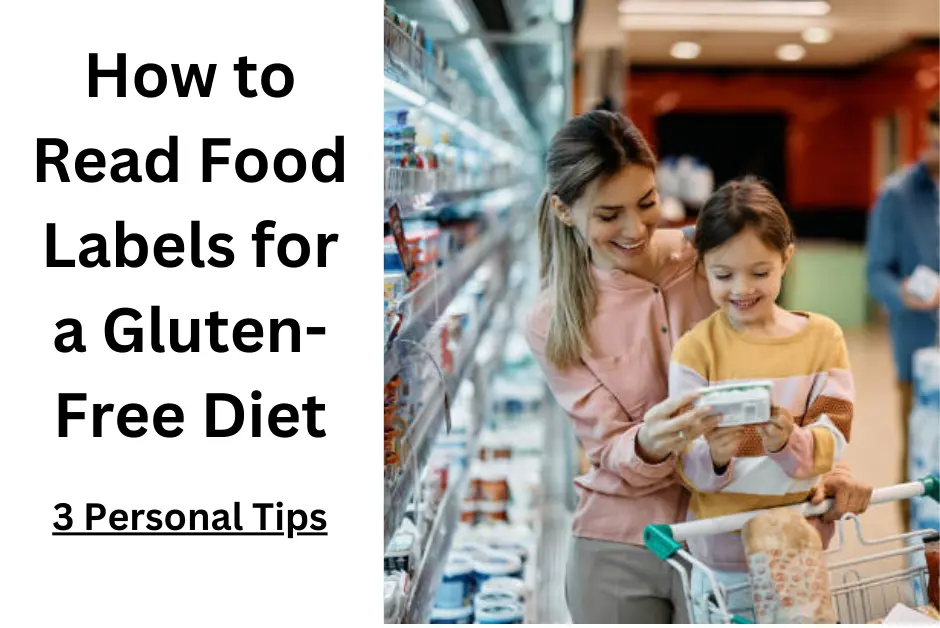
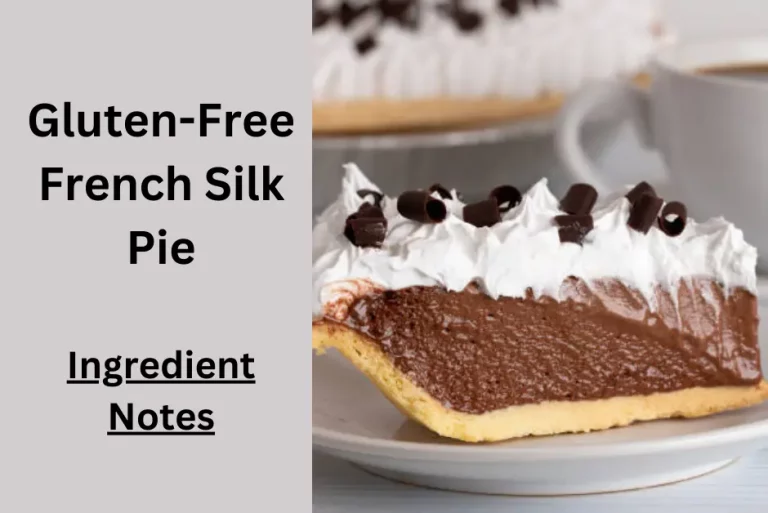
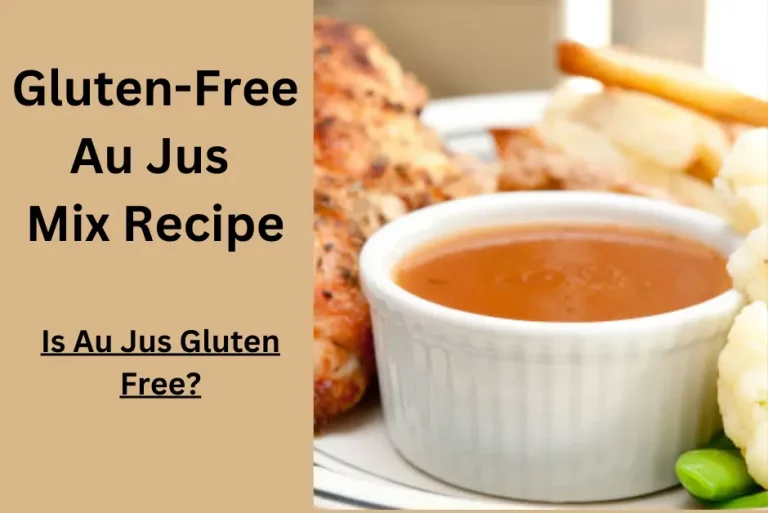
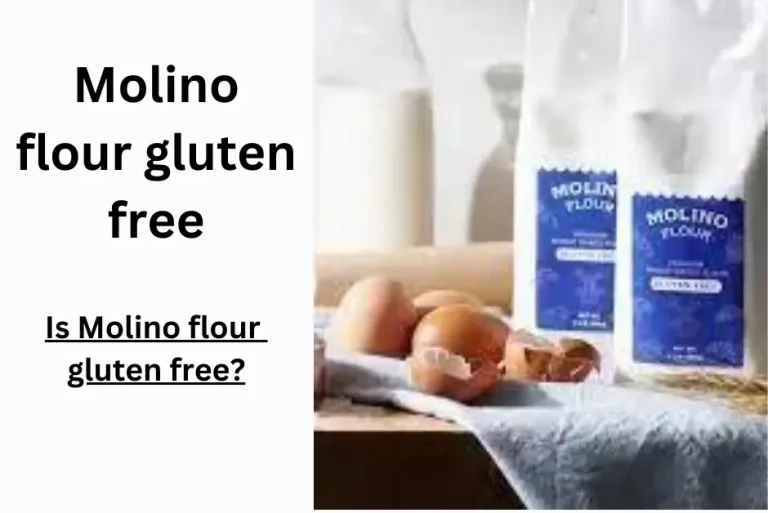

![Is log Cabin Syrup Gluten Free? [2023] Answered!](https://glutenfreedream.com/wp-content/uploads/2023/05/Is-log-Cabin-Syrup-Gluten-Free-1-768x513.webp)
